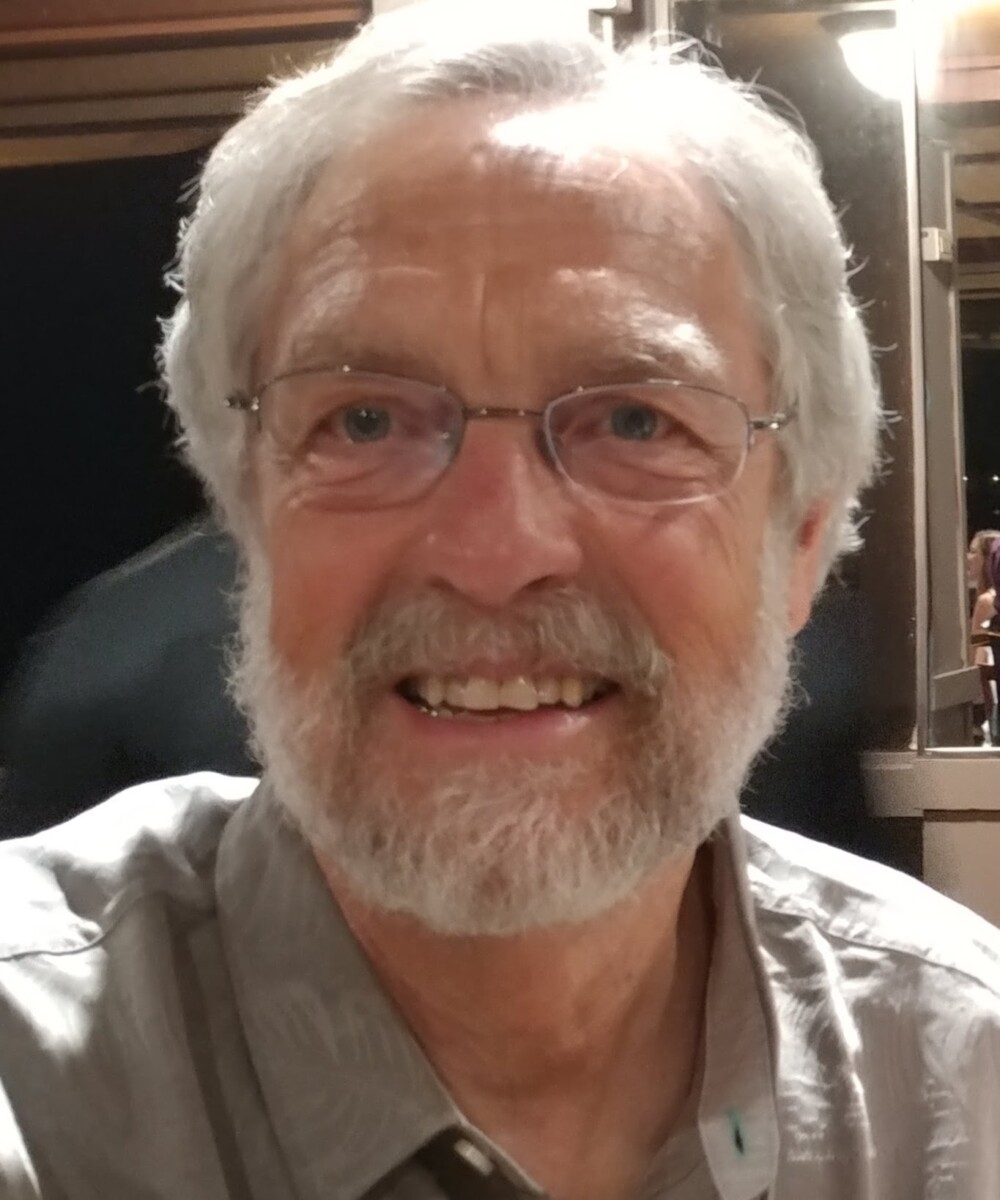by Clay Libolt
“May it be to me according to your word.” (Luke 1:38)
The first morning in our new place my wife, Adria, and I went for a run. We had arrived a few days before from Michigan, each driving a car. Our furniture had yet to arrive, but we were anxious to move into our new place. We bought a mattress at a discount shop, threw it on the floor, borrowed a few chairs and a folding table, scrounged some plastic picnic dishes, and set up house as best we could. We spent a delighted night in our new place, and in the morning, as soon as it was light, we set off on our run.
A steep trail leads down from our place to an abandoned road that follows along Drayton Harbor to the Spit, a long finger of land with water on both sides. We ran the Spit, the lower Cascades visible in the east, the San Juan Islands to the west, and to the north the buildings of White Rock, British Columbia, covering a steep slope rising from the water and framed by the mountains north of Vancouver. Seabirds dotted the water: mergansers, northern pintails, scoters, seagulls, murres, flocks of dunlins, and more. A lone, lordly eagle watched us from his perch in a bare tree. We finished our run and walked hand in hand, giddy with excitement, back up the steep trail to our new place.
We had left much behind—friends, the church I pastored for more than thirty years, our house for most of those years, in short a life—and now we were in this new place, this new life. We knew about the place, its stunning beauty. What we didn’t know about, don’t know about, is the life. Where in this new place will we find the call of God?
That first morning was a grace. Eagles and mountains. Many times in the weeks leading up to my retirement I had quoted the lines from the late Denise Levertov, a Seattle poet: “Grey is the price/of neighboring with eagles, of knowing/the mountain’s vast presence, seen or unseen.”1 Eagles we saw daily; the mountain, the mountain, the great, powerful peak of Mt. Baker, was still unseen. “Grey is the price . . .”
There were more—graces, that is. Sunday we decided to go to church in the small village near our place. We chose the local Episcopal church. The church’s website touted its stained glass windows made by a local artist. We expected, this being our experience with Episcopal churches, the grand liturgy of the Book of Common Prayer, good music, a cursory homily, and nice windows. For us, on this day, the liturgy would be enough.
The church was small, smaller than we had expected, and half-full—about forty-five people. The windows were nice. The music was, well, small town. The liturgy was the liturgy—the Book of Common Prayer. The service moved quickly into the readings. It was Fourth Advent: the gospel was Luke 1:26–38, the Annunciation. After the gospel had been read, the pastor brought the sermon, preaching not from a high pulpit but from the first step leading up to the chancel.
We leaned into her words. Immediately she had our full attention. She spoke of the choice facing Mary between the life that she had been living—a known and humanly predictable life—and the life that Gabriel and Gabriel’s God were offering to her—the life of the mother of the messiah, an unknown, unpredictable life.
As Gabriel’s words ended with the ringing declaration, “Nothing is impossible with God,” there was—so she said—a pause. In that pause, the stars stopped in their motions. The planets ceased to turn in their orbits. Heaven waited, breathless, for her answer. At last, while the universe held its breath, Mary spoke the words of faith, “May it be to me according to your word.” And then the universe exhaled, and the stars resumed their motion, and the planets swung into their orbits, and heaven applauded.
“But does not each of us stand with Mary?” the preacher asked. Do we not receive, each of us, the call of God, and does not heaven wait breathless for our answers as well? Even, I asked myself, old pastors beginning new lives? On the way home we were nearly in tears. Jacob’s words came to mind: “Surely the Lord is in this place, and I was not aware of it” (Genesis 28:16).
Like the calls that came to the ancients, the call still lacked—still lacks—specifics. To what are we called? What next? What routines are we called to establish? What practices? And above all, to whom are we called? No answers to those questions. But perhaps that is the grey of which the poet speaks: “Grey is the price . . . of knowing/the mountain’s vast presence, seen or unseen.”
Perhaps the grey is the not seeing, the waiting patiently. The grey is what happened to Mary after she said yes to the angel, as she waited through months of pregnancy, through years of child-rearing, through the long apprenticeship of her son, through his short, spectacular mission, through his death, until it all began to become clear. Until, at last, she could see the mountain.
And so we wait. All of us. We wait for the mists to blow away, for the mountain to be revealed.
NOTE
1 Denise Levertov, “Settling,” Evening Train (New York: New Directions, 1992), 3.

